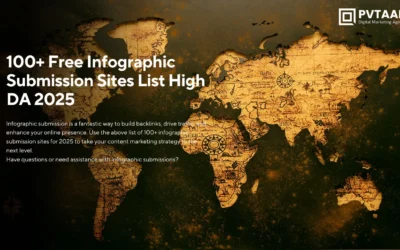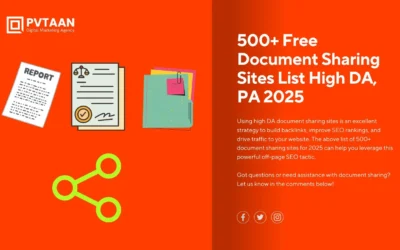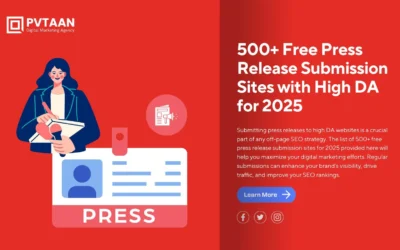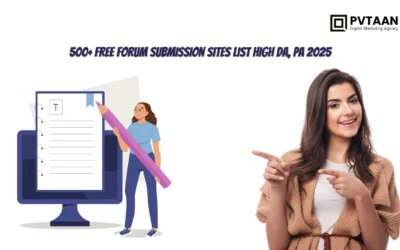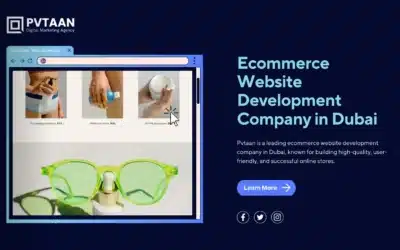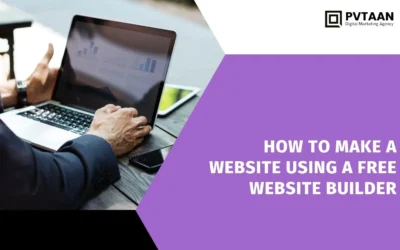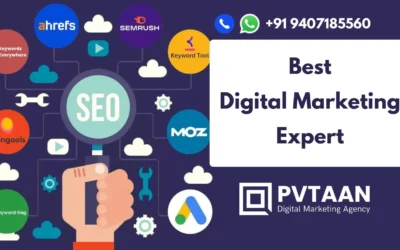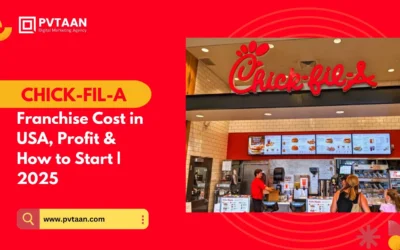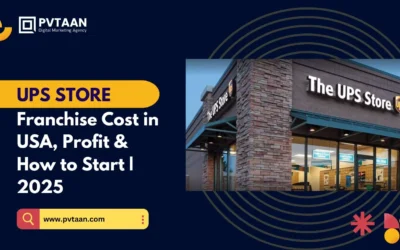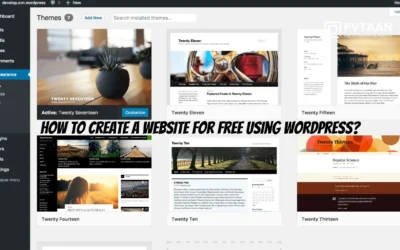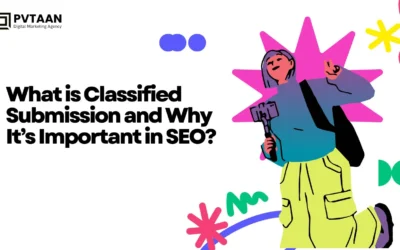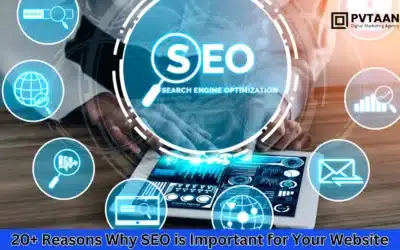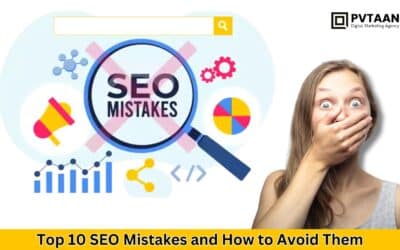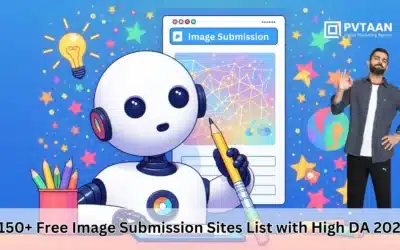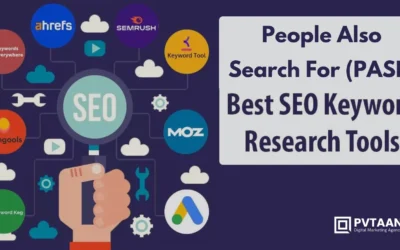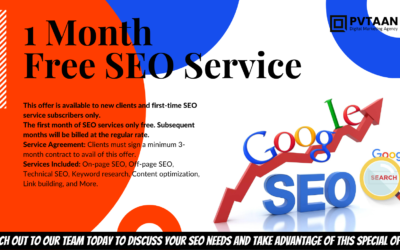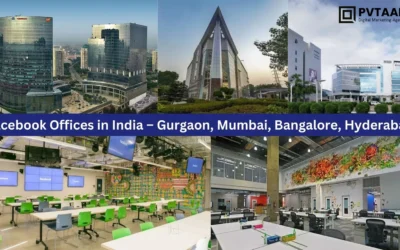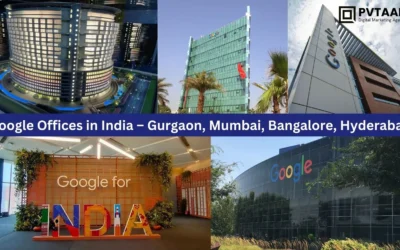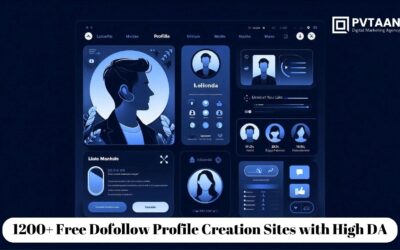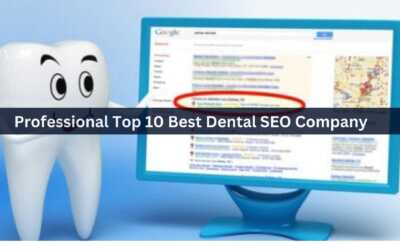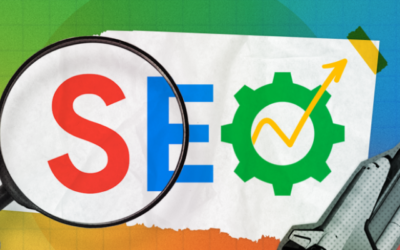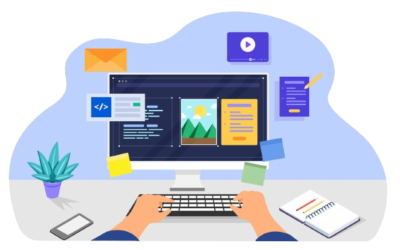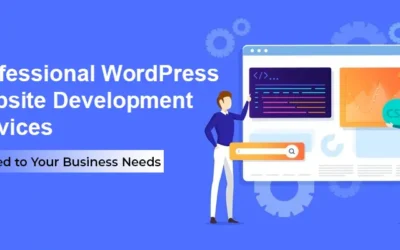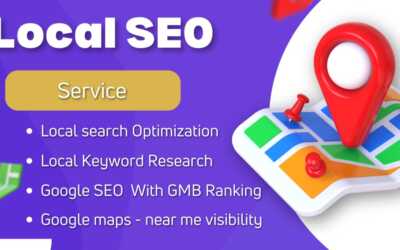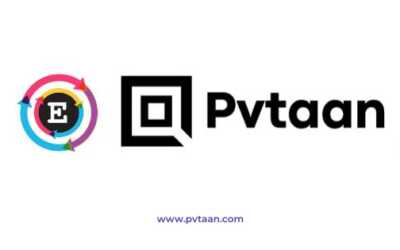Have you ever wondered how search engines like Google know exactly what to show you when you type in a question or a few keywords?
How does a search engine decide which website comes first, second, or third?
The answer to these questions lies in a magical thing called SEO. SEO stands for Search Engine Optimization, and it’s a technique used by websites to make sure they appear as high as possible in search engine results.
Imagine you have a store in a big mall. You want as many people as possible to come to your store. But if your store is hidden away in a corner, no one will see it. SEO is like having a prime spot in the mall, where everyone can easily find you.
In this blog, we will explore what SEO is, why it is important, and how it works. We’ll break it down into simple, easy-to-understand concepts so that school students can grasp it without any trouble.

What is SEO?
SEO stands for Search Engine Optimization. It’s a process used to improve the visibility of a website or a web page in a search engine’s unpaid results—often referred to as “natural,” “organic,” or “earned” results. The better your SEO, the higher your website will appear on search engine results pages (SERPs).
Search Engines
First, let’s talk about search engines. A search engine is a software system designed to carry out web searches. The most popular search engine is Google, but there are others like Bing, Yahoo, and DuckDuckGo.
When you type a query into a search engine, it scans the internet to find websites that match your query. It then ranks these websites based on their relevance and quality, showing you the most appropriate results first.
How Do Search Engines Work?
Search engines use complex algorithms to determine which websites should appear in the top positions. These algorithms consider many factors, including keywords, content quality, website structure, and links. The main components of a search engine’s work can be divided into three steps:
- Crawling: This is when search engines send out “spiders” or “bots” to explore the internet. These bots visit websites, read their content, and follow the links on those pages to find new pages.
- Indexing: After crawling, the search engine stores the information it has found in an index. This index is like a giant library where every webpage is a book, and the search engine knows what each book is about.
- Ranking: When you perform a search, the search engine looks through its index to find the most relevant pages. It then ranks these pages based on various factors to determine the order in which they appear on the search results page.
Why is SEO Important?
SEO is important because it helps websites get found by people who are looking for their content. Here are a few reasons why SEO is crucial:
- Visibility: The higher your website ranks in search results, the more visible it is to potential visitors. Most people don’t look past the first page of search results, so it’s essential to be near the top.
- Traffic: Higher visibility leads to more traffic, meaning more people visit your website. This can be especially important for businesses that rely on online customers.
- Credibility: Websites that appear at the top of search results are often seen as more credible and trustworthy. Users tend to trust search engines to provide them with the best results, so ranking higher can enhance your reputation.
- User Experience: Good SEO also improves the overall user experience. Websites that load quickly, are easy to navigate, and provide valuable content are not only preferred by search engines but also by users.
- Cost-Effective: Unlike paid advertising, organic search traffic is free. While it might take time and effort to improve your SEO, it doesn’t cost money per click like paid ads do.

Basic Elements of SEO
There are several key elements to SEO. Let’s break them down into easy-to-understand parts.
Keywords
Keywords are words or phrases that people type into search engines when looking for something. For example, if you want to find a recipe for chocolate cake, you might type “chocolate cake recipe” into Google. These words are your keywords.
SEO involves researching which keywords are relevant to your website and including them in your content. However, it’s not just about stuffing as many keywords as possible; they need to fit naturally and make sense within the context.
Content
Content is the information you provide on your website. It can be in the form of text, images, videos, or any other type of media. High-quality, relevant content is crucial for good SEO. Search engines aim to provide users with the most useful information, so the better your content, the higher you are likely to rank.
Here are some tips for creating good content:
- Write clearly and concisely.
- Provide valuable information.
- Use headings and subheadings to organize your content.
- Include images and videos to make your content more engaging.
- Regularly update your content to keep it fresh and relevant.
On-Page SEO
On-page SEO refers to the practice of optimizing individual web pages to rank higher and earn more relevant traffic. This includes optimizing your content, HTML source code, and images. Here are some key aspects of on-page SEO:
- Title Tag: This is the title of your web page that appears in search engine results. It should be clear and include your main keyword.
- Meta Description: This is a brief summary of your web page that appears under the title in search results. It should be enticing and include your keyword.
- Headings: Use headings (H1, H2, H3) to structure your content. The H1 tag should include your main keyword and describe the main topic of your page.
- URL: The web address of your page should be short, descriptive, and include your keyword.
- Alt Text for Images: This is a description of an image that helps search engines understand what the image is about. It should be descriptive and include relevant keywords.
- Internal Links: Link to other relevant pages on your website to help users navigate and to help search engines understand the structure of your site.
Off-Page SEO
Off-page SEO refers to actions taken outside of your own website to improve its ranking. The most important aspect of off-page SEO is backlinks, which are links from other websites to your site. Here are some strategies for building backlinks:
- Quality Content: Creating high-quality, valuable content that others want to link to.
- Guest Blogging: Writing articles for other websites in your niche and including a link back to your site.
- Social Media: Sharing your content on social media to increase visibility and encourage others to link to it.
- Building Relationships: Networking with other bloggers and website owners to encourage them to link to your content.
Technical SEO
Technical SEO refers to the backend elements of your website that affect its performance and visibility. This includes things like:
- Site Speed: Websites that load quickly provide a better user experience and are favored by search engines.
- Mobile-Friendliness: Many people use their phones to browse the internet, so it’s important that your website is optimized for mobile devices.
- Sitemap: A sitemap is a file that tells search engines about the structure of your website and helps them crawl and index your pages.
- Robots.txt: This file tells search engines which pages they should or shouldn’t crawl.
- HTTPS: Having a secure website (with HTTPS instead of HTTP) is important for SEO and user trust.

How to Do SEO: A Step-by-Step Guide
Now that we understand the basics of SEO, let’s go through the steps you can take to optimize your website.
Step 1: Keyword Research
Keyword research is the process of finding the right keywords to target on your website. Here’s how you can do it:
- Brainstorm: Think about the main topics related to your website and create a list of potential keywords.
- Use Tools: Use keyword research tools like Google Keyword Planner, Ahrefs, or SEMrush to find popular and relevant keywords.
- Analyze Competitors: Look at the keywords your competitors are targeting and see if they might be relevant to you.
- Select Keywords: Choose keywords that have a good balance of search volume (how many people are searching for them) and competition (how many other websites are targeting them).
Step 2: Optimize Your Content
Once you have your keywords, you need to include them in your content. Here’s how:
- Title Tag: Include your main keyword in the title of your page.
- Meta Description: Write a compelling meta description that includes your keyword.
- Headings: Use your keywords in headings (H1, H2, H3) to structure your content.
- Body Text: Naturally include your keywords in the body of your content without overstuffing.
- Images: Use alt text for images that includes relevant keywords.
Step 3: Improve On-Page SEO
Make sure your web pages are optimized for search engines:
- URL Structure: Ensure your URLs are short, descriptive, and include keywords.
- Internal Links: Link to other relevant pages on your website.
- External Links: Link to reputable external websites.
- Content Quality: Make sure your content is valuable, informative, and engaging.
Step 4: Build Backlinks
Work on getting other websites to link to your content:
- Create Great Content: High-quality content is more likely to attract backlinks.
- Guest Blogging: Write articles for other websites and include links back to your site.
- Social Media: Share your content on social media to increase its visibility.
- Networking: Build relationships with other website owners and bloggers in your niche.
Step 5: Improve Technical SEO
Ensure your website is technically optimized:
- Site Speed: Optimize your site to load quickly. Use tools like Google PageSpeed Insights to identify and fix issues.
- Mobile-Friendliness: Make sure your website is responsive and works well on mobile devices.
- Sitemap: Create and submit a sitemap to search engines.
- Robots.txt: Ensure your robots.txt file is correctly configured.
- HTTPS: Use a secure connection (HTTPS) for your website.

Common SEO Mistakes to Avoid
While optimizing your website, it’s important to avoid common SEO mistakes:
- Keyword Stuffing: Overloading your content with keywords can make it unreadable and may result in penalties from search engines.
- Ignoring Mobile Users: Ensure your site is mobile-friendly, as a significant amount of traffic comes from mobile devices.
- Neglecting Technical SEO: Technical issues can prevent search engines from indexing your site properly.
- Duplicate Content: Avoid having the same content on multiple pages, as this can confuse search engines and lower your rankings.
- Poor Quality Backlinks: Focus on getting high-quality backlinks rather than a large quantity of low-quality ones.
So, SEO is an essential part of creating a successful website. By understanding and implementing SEO strategies, you can improve your website’s visibility, attract more visitors, and provide a better user experience. Remember, SEO is not a one-time task but an ongoing process. Keep learning, stay updated with the latest trends, and continuously optimize your website to stay ahead in the search engine rankings.
Whether you’re a school student looking to start a blog or someone interested in digital marketing, understanding SEO will give you a significant advantage in the online world. Happy optimizing!





